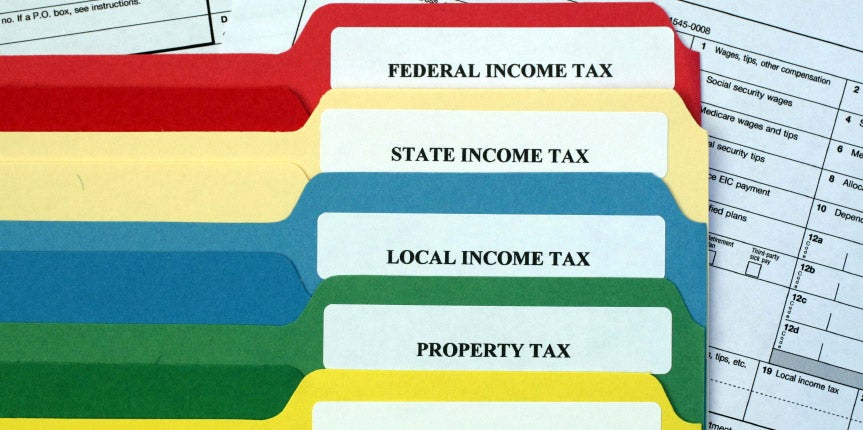State Income Tax Withholding

In most states, 41 in fact, employers are required to withhold state personal income tax from each separate taxable wage payment made to an employee. The states of Alaska, Florida, Nevada, New Hampshire, South Dakota, Tennessee, Texas, Washington, and Wyoming do not impose a personal income tax on wages or other compensation for services earned by their residents. Employers with operations in these nine states are not required to withhold state income tax from their wage payments to employees who live and work in these states. As is the case with federal income tax liabilities, where personal income taxes are imposed, employee state personal income tax liabilities can vary, so the exact amount of state income tax that an employer must withhold from an employee’s pay also varies.
While there are some states that are exceptions most states use wage bracket tables and methods similar to those used by the IRS to calculate state income tax withholding amounts. Most, but not all states, also have their own withholding allowance or exemption certificate forms that employers must have employees complete so that they can withhold the proper amount of state income tax from their employees’ pay. In states without their own forms, employers can generally use the federal form, W-4, to determine the proper amount of state withholding tax.
Free Guide: Home Office Tax Deductions
Since withholding tax rules can vary from state to state, employers should research the specific requirements in states where they have employees. In states without their own form, employers should generally use the federal form to determine the proper amount of state withholding tax.
Withholding tax requirements in virtually every state can be researched through the websites associated with state taxing authorities, typically, the Department of Revenue’s website, but the agency name may be different in your state.
